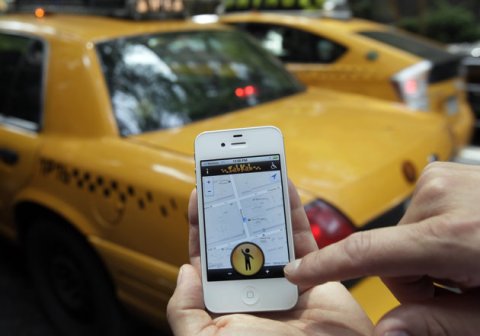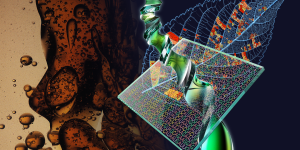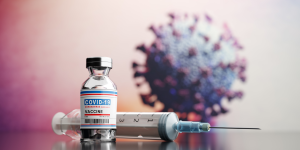
ICTpost?Research estimates that the market for mobile healthcare apps will be worth $600 million by 2017, while the market research company Research2Guidance claims 247 million mobile phone users had downloaded a health related app in 2012.
A recent article by Bill Yates from iMEdicalApps highlighted the overall Google search traffic since 2007 for specific keywords associated with healthcare / medical apps and the growth is undeniable.
Apps and devices that allow consumers to take charge of their own treatment and prevention are trying to turn this industry on its head, taking health care out of hospitals and doctor’s offices, and putting more power in consumer hands.
The sheer size of the health care market suggests there’s a huge opportunity for mobile applications and customized, purpose-built devices.
Here we are presenting list of Telemedicine Apps, take a look at our guide to off-the-shelf applications that could have you and your team diagnosing in remote areas in India ?with time and budget to spare?
Skype
The world?s most prolific video conferencing tool is the first software many turn to, whether you?re a parent chatting with your kid at college, or Oprah talking to a guest on national TV. But the tool has also long been used informally in the science and medical community for consultations and other interactions between colleagues.
Skype ER
Skype Attendant test program promises to turn the seat-of-the-pants freeware into a serious (and possibly reliable) emergency tool for virtual access to doctors for patients in remote areas. Users on skypejournal.com surmise that the new service could provide:
* online medical support to remote users
* telemedicine support
* location-based telemedicine (depending on your local regulatory framework)
* emergency services
* medical records for consultants for patients using data mining
???Webcam MD
This up-&-coming technology makes use of diagnostic handheld USB camera/light (think of that salt-shaker-like scanner Dr McCoy had in Star Trek) that patients run over the part of their body they need a doctor to look at. Though you need to actually have the device, the company claims the service will cut wait time to a fraction on both the doctor and patient side. Check out their demo video:
Robots lend a hand (or twelve) from afar
Robots such as da Vinci can have as many hands as they need to and each hand can be specially outfitted to hold a specific surgical tool. The surgeon controlling these offspring of the robotic arm on the space shuttle can be in another room or another country.
?eTime?s home endoscope
Imagine patients hooking up their own USB-based endoscope and performing an examination for a doctor hundreds or thousands of miles away?The device could show doctors close-up views of possible skin cancer lesions, or ? in a pitch ? live scans of, um, anywhere else on their person a patient is willing to stick this handy device.
HD telepresence without a dedicated line
A quasi-competitor to Skype, Vidyo offers rock-solid HD video, with all the bells and whistles of high-end videoconferencing setups (ability to display multiple video windows, see and control information across networks, etc..) Though this one isn?t free, it?s one of the best bargains going for getting into serious medical video conferencing and telepresence.
?Telemedicine via cell phone
Brazilian and American researchers are developing a cheap, elegantly simple, telemedicine system using cell phone cameras to collect medical data from patients. The visual data would then be transmitted to experts offsite for to diagnose urgent medical conditions. The application could be a breakthrough in parts of the world where cell phone penetration is greater than that of high-speed internet.
Telepresence for heart monitoring
Bluetooth telemedicine
Bluetooth monitor that measures electrical signals from your heart could text your local hospital if you are about to have a heart attack. The application produces an electrocardiogram and sends it (with an alert) via text message.
Future
At the beginning of 2017, customers have downloaded more than 70 billion apps with 40 billion in 2016 alone. These are some staggering figures and show how influential these little super computers in our pockets are to humankind, after all that?s nearly 6 apps for every person alive today (calculated using the ever engrossing World Population Clock).
And with all these apps being developed and downloaded, there is burgeoning area that is beginning to stand out ? healthcare.







